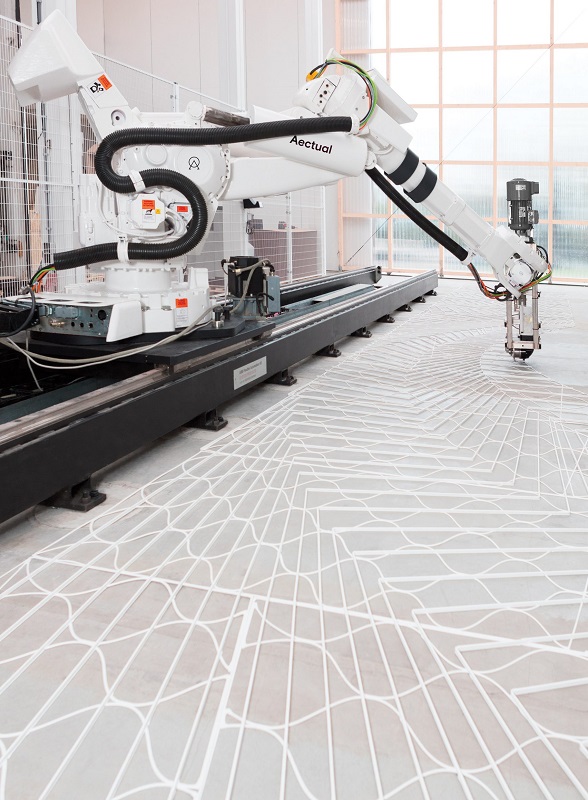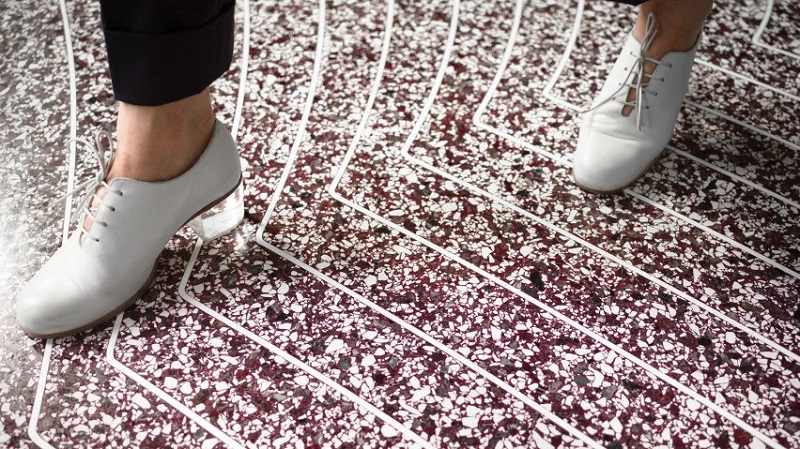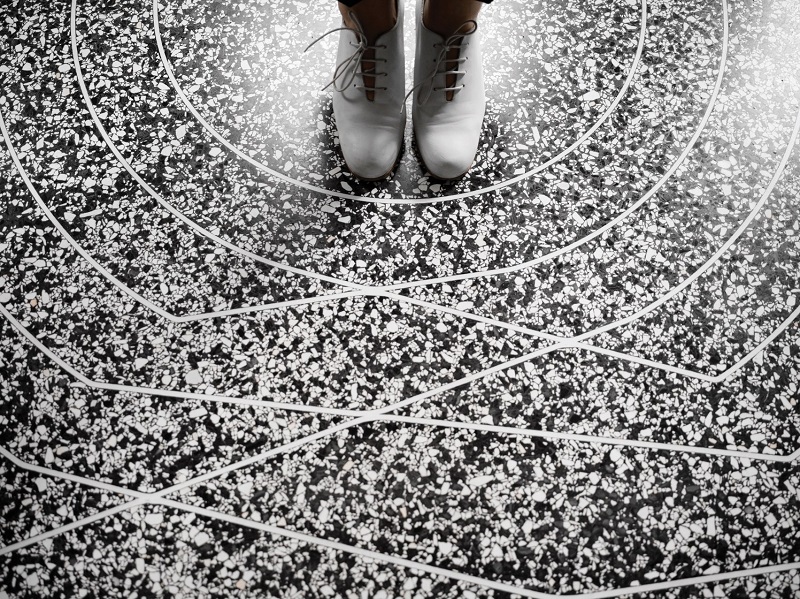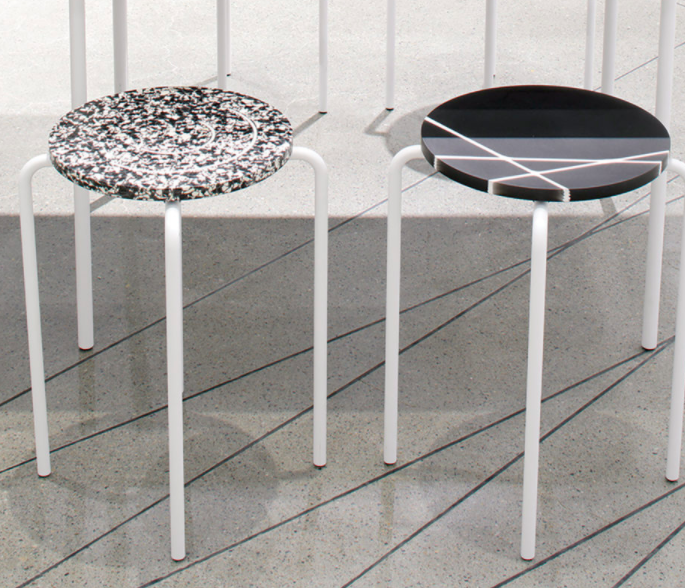Design Your Fantasy Terrazzo Floor with a Robotic 3D Printer
Trend alert: terrazzo is cool again, and modern technology is making it more beautiful and customizable than ever before. Though it was first popularized in the 1970s, this flooring material has existed practically as long as we have, with early examples dating all the way back to 9,000 B.C. Made by setting chips of marble, granite, quartz, or glass into a pourable binder like concrete, terrazzo is polished to a high shine, comes in a virtually unlimited range of colors and textures, and is extremely low maintenance. Now, a Dutch company called Aectual is kicking terrazzo up a few notches with the help of some robot friends.

Let’s say you want a complex geometric pattern set into your terrazzo floor — something that would be difficult and time-consuming to achieve manually. Aectual plugs the desired pattern into their software and cues up a massive robotic 3D printer, whose arm boasts an impressive six degrees of freedom (meaning it can move forward, backward, left, right, up, and down and create curved lines between axis points).
“Our robotic XL 3D printers and software tools produce smart building products that are shaped in a most efficient way to ensure quality and quick installation. Because we produce on demand, we can quickly make changes to the design and directly respond to any changing wishes during your process.”

The lines are printed using a flexible, durable, and fully recyclable bioplastic, and the spaces between them are filled in with a mixture of a bio-based binding agent or concrete and the material of your choice. Aectual aims for a zero-waste production process and incorporates materials from corporate waste streams into the infill. It’s a smart and stunning way to use up the small chips left over from the production of larger items like granite countertops.

The company sees the process as a way to express your individuality and “tell a story” with your flooring design.
“We translate your unique design into a signature floor. We also offer a variety of patterns that can be modified into your personal design with the ease of a mouse click. Choose from our material palette that contains a multitude of carefully selected infills and colors that ensure a one-of-a-kind project. Our floors add an extra layer to your building. They are a means to integrate storytelling in flooring design. Create unique details in line with the architecture of your building, add bespoke branding, intensify routing and way finding, and shape special places.”

Though Aectual has mostly produced floors for large areas in the past, including Amsterdam Schiphol Airport, they also work with individual designers. The company’s thoroughly 21st-century process, which combines parametric design, engineering, and digital manufacturing, isn’t limited to flooring either. They can also produce custom mold work for concrete and bespoke 3D-printed facade cladding, too, and the photos on their website shows terrazzo being used in some very unexpected places, like on stool seats.




